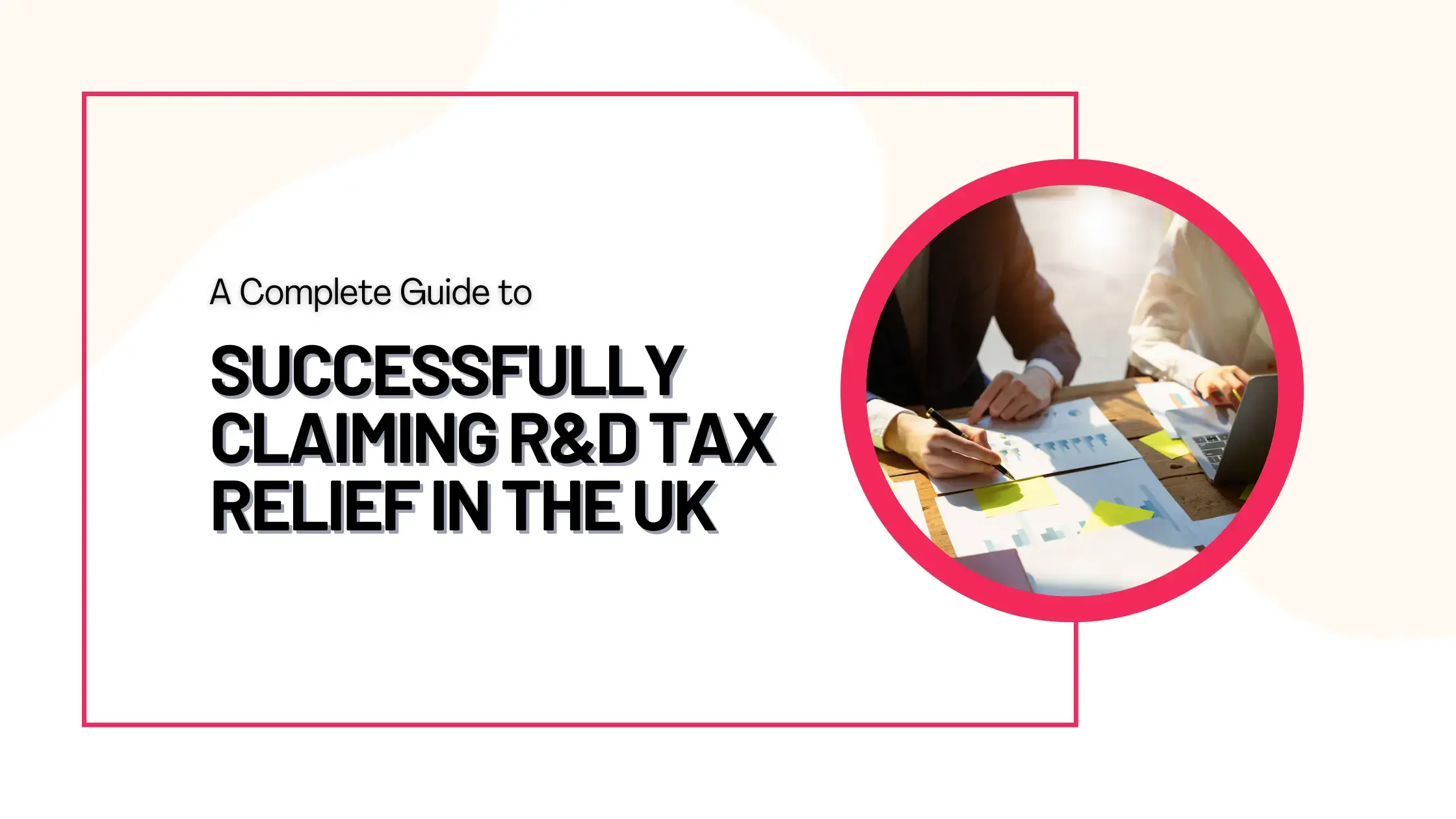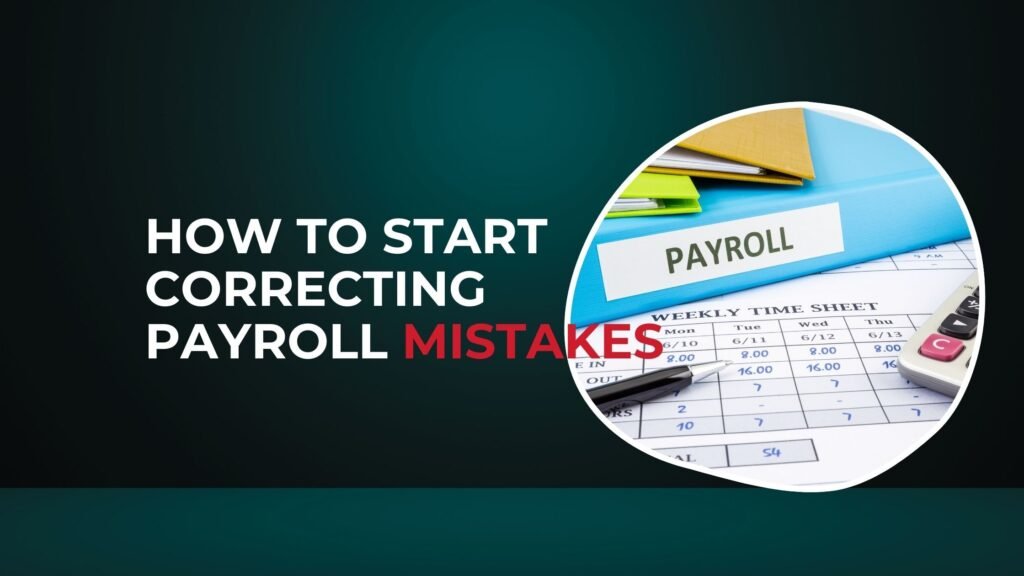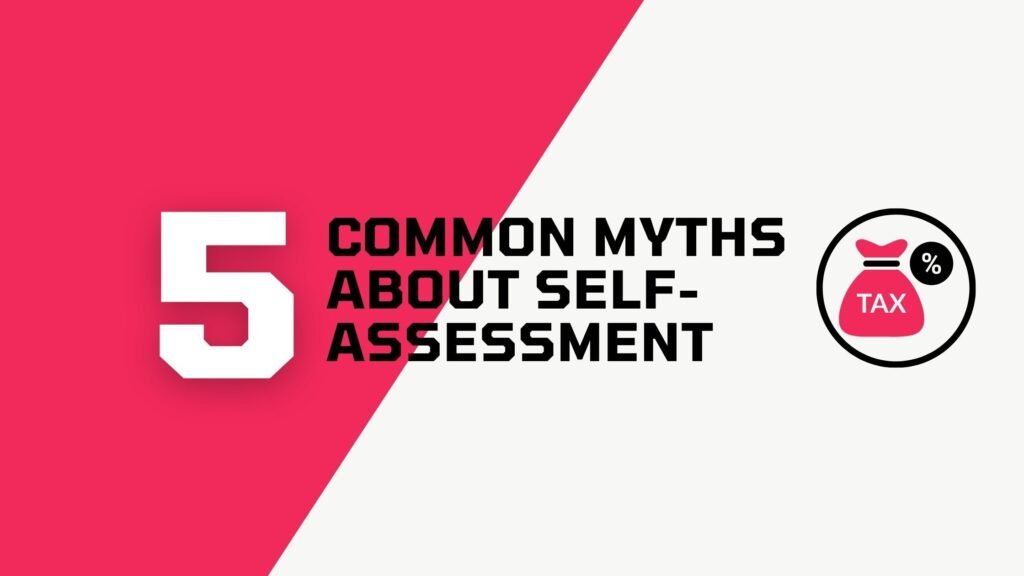Research and Development (R&D) tax relief is a significant opportunity for businesses in the UK, allowing them to reduce their tax bills or receive valuable cash credits. The scheme aims to encourage innovation, enabling companies to reinvest in developing new products, processes, or services. Despite its potential, many businesses struggle with the complexities of the claims process. This article provides a step-by-step guide to claiming R&D tax relief, covering eligibility, submission, and tips to maximize your claim and ensure a smooth experience with HMRC.
What is R&D Tax Relief?
R&D tax relief is a government incentive designed to encourage companies in the UK to invest in innovation. Through this scheme, businesses can claim back a percentage of the costs associated with R&D activities. Whether your company is profitable or loss-making, R&D tax relief can provide significant financial benefits.
For profitable businesses, it reduces corporation tax, while for loss-making companies, it offers cash credits. This relief is available to companies working on projects that involve resolving technological or scientific uncertainties, regardless of the industry.
Key Benefits:
- Reduces your corporation tax bill if you are profitable.
- It provides cash credits if your business makes a loss.
- Supports innovation across a wide range of sectors, from tech to manufacturing.
Who is Eligible for R&D Tax Relief?
Not all businesses are automatically eligible for R&D tax relief. To qualify, your company must meet certain criteria, including:
Qualifying Activities:
The project must aim to achieve an advance in science or technology and involve resolving scientific or technological uncertainty. This can include developing new products, processes, or software, or significantly improving existing ones.
Company Size and Applicable Scheme:
The claimable rates vary depending on company size and have been updated for recent periods. Here’s how they break down:
1. For accounting periods starting before 1 April 2024:
- SMEs (Small and Medium-sized Enterprises): Eligible SMEs can claim an additional 86% deduction on qualifying R&D costs, resulting in a total deduction of 186%. Loss-making SMEs may also claim a payable tax credit with enhanced rates if they meet the R&D intensity condition.
- Larger Companies or Certain SMEs under RDEC (Research and Development Expenditure Credit): Companies can claim a taxable credit of 20% of qualifying R&D expenditure, with a typical net benefit of around 15% after tax.
2. For accounting periods starting on or after 1 April 2024: All companies must now claim under the merged R&D scheme. This new scheme broadly follows the structure of the previous RDEC model but introduces enhanced support for R&D-intensive SMEs, defined as companies where at least 30% of total expenditure is on qualifying R&D activities.
Companies must keep thorough records of their R&D activities and associated costs to support their claim with HMRC.
→ No hidden fees. No gimmicks
6 Easy Steps to Claim R&D Tax Relief in The UK
Claiming R&D Tax Relief might seem confusing, but it’s simpler than it looks. These six quick steps will help you get started and make the process easier.
Step 1: Identify Eligible R&D Projects
The first step in the R&D tax relief process is identifying whether your projects qualify. HMRC defines R&D broadly, but it is important to understand that success is not mandatory. Even if the project does not succeed, as long as it is aimed at overcoming scientific or technological uncertainties, it can qualify.
- Developing a new product or process that addresses an unresolved issue in science or technology.
- Experimenting with new technologies, methods, or designs in an attempt to overcome challenges.
- Improving existing products or services through trial and error or technological advancements.
For example, a tech company developing a new AI tool to improve user experience could qualify for R&D tax relief, as could a manufacturing business testing more efficient materials or production methods.
Step 2: Identify Qualifying Costs
Once you have identified your R&D projects, the next step is to assess your costs. R&D tax relief covers a variety of expenditures, including:
- Staff Costs: Salaries, National Insurance contributions, and pension costs for employees directly involved in R&D activities.
- Consumables: Materials, utilities, and services that are consumed during R&D work, such as raw materials or energy used in the R&D process.
- Software and Cloud Computing: Costs of software licenses, cloud computing, and other technological tools used for R&D.
- Subcontractors and Freelancers: Payments to third-party contractors or freelancers directly involved in R&D projects.
- Clinical Trials (if applicable): For companies in the pharmaceutical sector, clinical trial costs may be eligible.
Tip: It’s crucial to maintain detailed records of all relevant costs and keep track of how they are tied to specific R&D activities.
Step 3: Calculate Your R&D Tax Relief
The amount of R&D tax relief your business can claim depends on your financial position and whether your company qualifies as R&D-intensive:
- Profit-Making Companies: Most companies will claim under the merged scheme at a headline rate of 20%. After accounting for corporation tax, the effective benefit is typically around 15% of qualifying R&D expenditure.
- Loss-Making Companies: Loss-making companies usually benefit from an effective credit of around 16.2% of qualifying R&D costs.
- R&D-Intensive SMEs: If your company is a loss-making, R&D-intensive SME (with at least 30% of total expenditure spent on qualifying R&D activities), you may qualify for an enhanced payable credit worth 27% of your qualifying costs.
For accounting periods beginning on or after 1 April 2024, the previous SME scheme rates (such as the 186% deduction and 230% enhanced deduction) and the standard RDEC scheme no longer apply.
Example Calculation: Suppose your company spent £100,000 on qualifying R&D activities. If your company is profit-making, under the merged scheme, you would benefit from a 20% taxable credit, which, after accounting for corporation tax, gives an effective benefit of around 15%. This means you would save approximately £15,000 on your corporation tax bill. In this case, spending £100,000 on R&D activities would directly reduce your tax liability by £15,000, helping you reinvest more into innovation and growth.
Step 4: Prepare Your Claim Documentation
HMRC requires that businesses submit a detailed breakdown of their R&D activities and associated costs. The essential documentation includes:
- CT600 Form: This is the standard corporate tax return form.
- Additional Information Form: From August 2023, businesses must submit a supplementary form detailing the nature of the R&D projects and the costs incurred.
- Financial Records: You’ll need to submit clear records of your qualifying expenditures.
It’s important to ensure that all records are accurate and complete, as incomplete or inaccurate claims are a common cause of delays or rejection.
Step 5: Submit Your Claim
Once all your documentation is prepared, you can submit your claim as part of your company’s annual tax return. This will be done using the CT600 form, and businesses must submit the additional information as required by HMRC.
Tip: While you can submit the claim yourself, many businesses choose to work with experts to ensure everything is in order and that they are maximizing their claims.
Step 6: Post-Claim Process
Once your claim has been submitted, HMRC will review it. They may request additional information or clarification, especially for more complex claims. If everything is in order, you will receive your tax relief either as a reduction in your tax bill or as a cash credit if your business is loss-making.
Note: If you’re claiming for the first time, you might want to apply for Advance Assurance, which guarantees that HMRC will accept your claim if everything is structured correctly.
Key Takeaways for Your R&D Tax Relief Claim
Claiming R&D tax relief in the UK can be a game-changer for businesses that innovate. If you’re ready to start your claim or want expert help, book a free consultation with our team. We’ll guide you through every step and help you get the most from your R&D tax relief claim.





